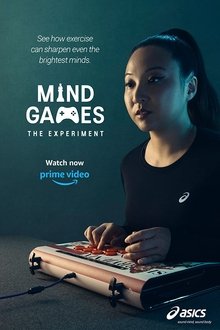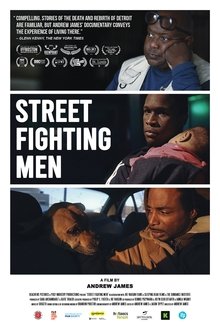In 1973, five men and six women drifted across the Atlantic on a raft as part of a scientific experiment exploring the origins of violence and sexual attraction. Nobody expected what ultimately took place on that 3-month journey. Through archive material and a reunion of the surviving members of the expedition, this film tells the hidden story of the project.
Related Movies
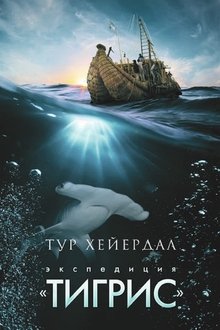
The Tigris Expedition (1979)
Explorer Thor Heyerdahl and his ten-man crew sailed their reed boat, the Tigris, over routes he believes were followed by Sumerian traders 5,000 years ago. The film goes beyond science to focus on the man, Heyerdahl, in an effort to explain what motivates him to risk his life in the search for knowledge.

Dragon's World: A Fantasy Made Real (2004)
"The Last Dragon" is a nature mockumentary about a British scientific team that attempts to understand the unique incredible beasts that have fascinated people for ages. CGI is used to create the dragons.
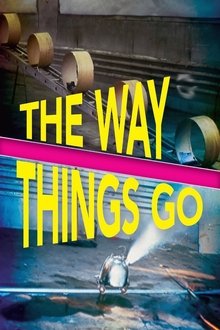
The Way Things Go (1987)
Artists Peter Fischli and David Weiss create the ultimate Rube Goldberg machine. The pair used found objects to construct a complex, interdependent contraption in an empty warehouse. When set in motion, a domino-like chain reaction ripples through the complex of imaginative devices. Fire, water, the laws of gravity, and chemistry determine the life-cycle of the objects. The process reveals a story concerning cause and effect, mechanism and art, and improbability and precision, in an extended science project that will mesmerize the mind.
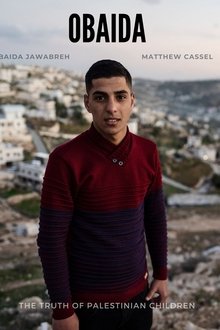
Obaida (2019)
OBAIDA, a short film by Matthew Cassel, explores a Palestinian child’s experience of Israeli military arrest. Each year, some 700 Palestinian children undergo military detention in a system where ill-treatment is widespread and institutionalized. For these young detainees, few rights are guaranteed, even on paper. After release, the experience of detention continues to shape and mark former child prisoners’ path forward.

Gravity and Me: The Force That Shapes Our Lives (2017)
Professor Jim Al-Khalili investigates the amazing science of gravity. As well sculpting our universe, gravity also affects our weight, height and even the rate at which we age.
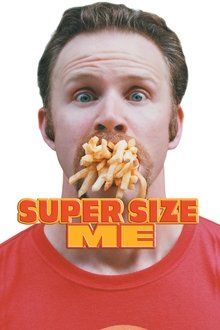
Super Size Me (2004)
Morgan Spurlock subjects himself to a diet based only on McDonald's fast food three times a day for thirty days without exercising to try to prove why so many Americans are fat or obese. He submits himself to a complete check-up by three doctors, comparing his weight along the way, resulting in a scary conclusion.
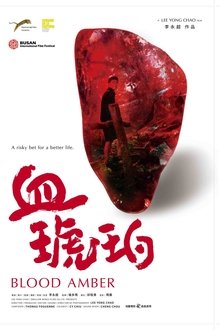
Blood Amber (2017)
Somewhere in Myanmar is a forest rich in amber and controlled by the Kachin Independence Army (KIA). Most of its inhabitants work in a mine, digging the earth night and days in the hope of finding the precious ore that will get them out of poverty. But on top of the excruciating hardship of the work, they also have to fear an attack from the army.

Surviving Edged Weapons (1988)
In an intense action-filled 85 minutes, you will learn to defend yourself against the mounting threat of “knife culture” offenders.
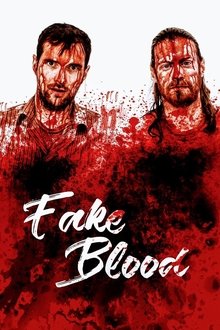
Fake Blood (2017)
Rob Grant and Mike Kovac receive a disturbing fan video inspired by their previous horror movie Mon Ami, motivating them to investigate the responsibility of filmmakers in portraying violence in movies. In their pursuit of the truth they are unwittingly introduced to the real world of violent criminals and their victims.
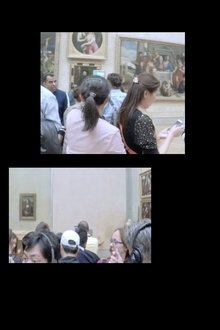
#monalisa (2020)
People looking at the Mona Lisa in the Louvre – or are they just looking at themselves?
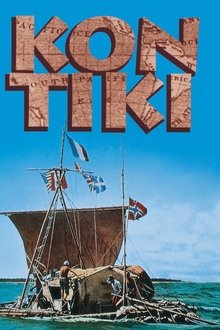
Kon-Tiki (1950)
"Kon-Tiki" was the name of a wooden raft used by six Scandinavian scientists, led by Thor Heyerdahl, to make a 101-day journey from South America to the Polynesian Islands. The purpose of the expedition was to prove Heyerdal's theory that the Polynesian Islands were populated from the east- specifically Peru- rather than from the west (Asia) as had been the theory for hundreds of years. Heyerdahl made a study of the winds and tides in the Pacific, and by simulating conditions as closely as possible to those he theorized the Peruvians encountered, set out on the voyage.

Scenes from a Teenage Killing (2011)
Travelling the length and breadth of Britain, the film explores the impact of teenage killings on families of different religion, race and class.

The First World War (1934)
Produced by the Fox Movietone News arm of Fox Film Corporation and based on the book by Lawrence Stallings, this expanded newsreel, using stock-and-archive footage, tells the story of World War I from inception to conclusion. Alternating with scenes of trench warfare and intimate glimpses of European royalty at home, and scenes of conflict at sea combined with sequences of films from the secret archives of many of the involved nations.

The Black Bloc: Inside America’s Hard Left (2017)
The left-leaning anti-fascist movement—or Antifa—has been around for decades, popping up in North America and Europe in response to rising white nationalist or fascist sentiments. Now, Antifa has made a resurgence in the US, where members clad in masks and nondescript black clothing physically confront groups of white supremacists and neo-Nazis who've started organizing in cities around the country.

The Unofficial Science of Home Alone (2022)
Comedians James Acaster, Guz Khan and Alex Brooker have all been obsessed with the classic 1990 comedy "Home Alone" ever since they were kids. But there's one big burning question that all "Home Alone" fans need answering: would The Wet Bandits have survived Kevin's traps in real life? Well, it's time to find out!

Triboro (2021)
A trip behind and beneath the street-level skin of the city on the hidden paths of industrial history and once-and-future transit.
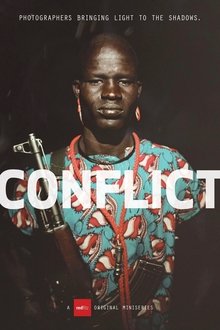
Conflict (2015)
Six conflict photographers reflect on their experiences capturing the atrocities of war and other manifestations of violence on film.

